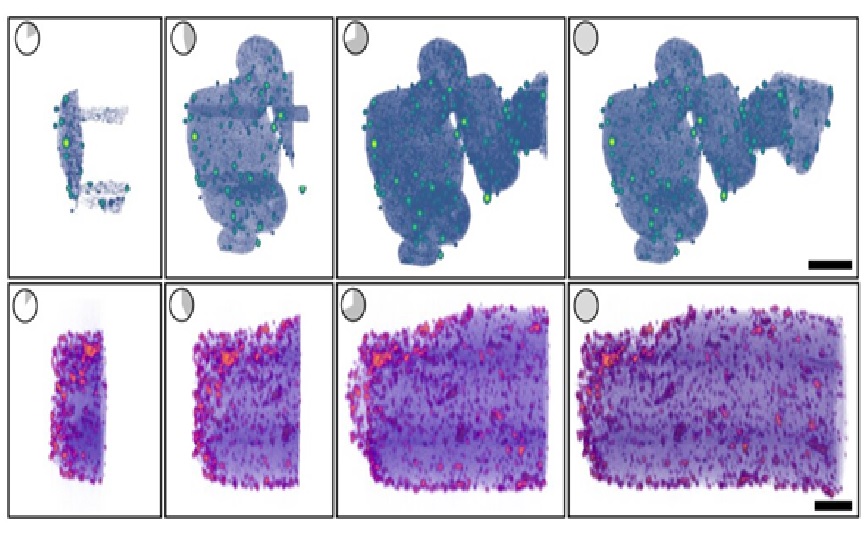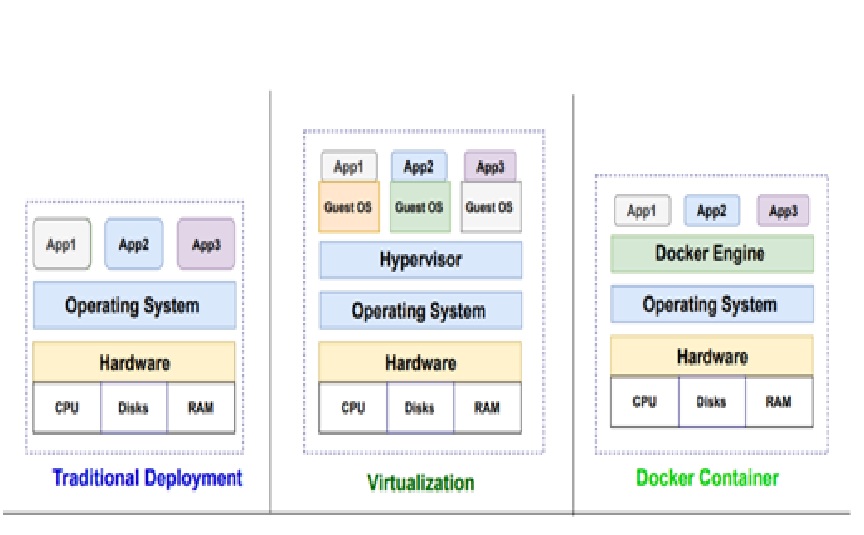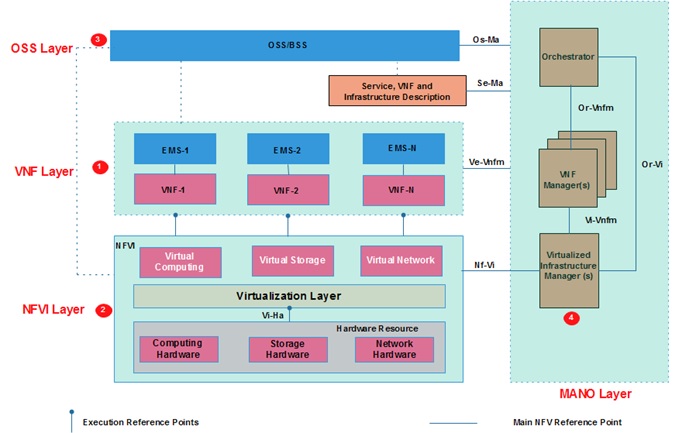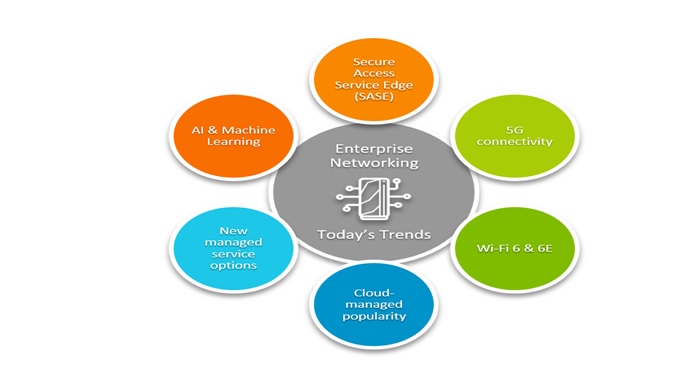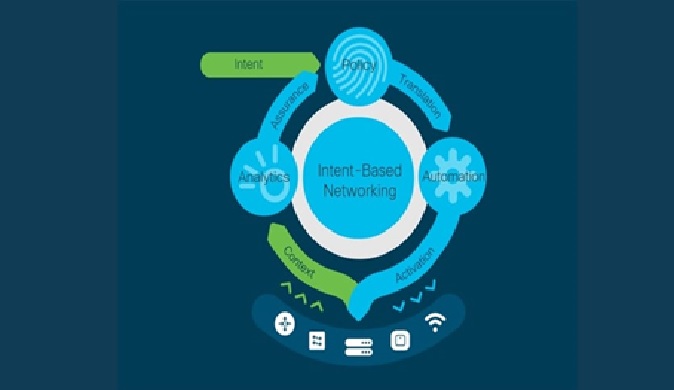New Method Allows for Faster Detection of Ransomware
Ransomware is malware that uses encryption to hold a victim’s data hostage. The critical data of a user or organization is encrypted so that they cannot access files, databases, or applications. A ransom is then demanded to gain access. Ransomware is frequently designed to spread across a network and target database and file servers, effectively paralyzing an entire organization. It is a growing threat, generating billions of dollars in payments to cybercriminals while causing significant damage and expense for businesses and government organizations.
Typically, a software engineer will focus on one part of development, either the front end or the back end. The front end includes all components associated with the visible parts of an application or website while the back end encompasses the underlying databases and infrastructure.

Figure 1.New Method Allows for Faster Detection of Ransomware
Figure 1 shows ransomware is a type of malware. When a system is infiltrated by ransomware, the ransomware encrypts that system’s data — making the data inaccessible to users. The people responsible for the ransomware then extort the affected system’s operators, demanding money from the users in exchange for granting them access to their own data.
Ransomware extortion is hugely expensive, and instances of ransomware extortion are on the rise. The FBI reports receiving 3,729 ransomware complaints in 2021, with costs of more than $49 million.
“Computing systems already use a variety of security tools that monitor incoming traffic to detect potential malware and prevent systems from being compromised,” said co-author of a paper on the new ransomware detection approach. Paul Franzen says “However, the major challenge here is to detect the ransomware early enough to prevent it from gaining a foothold in the system. Because as soon as the ransomware enters the system, it starts encrypting the files.”
The new approach is called FAXID, and in proof-of-concept testing, the researchers found it was just as accurate as software-based approaches at detecting ransomware. The big difference was speed. FAXID was up to 65.8 times faster than software running XGBoost on a CPU and up to 5.3 times faster than software running XGBoost on a GPU.
The technology is already being made available to members of the center, and we know of at least one company that is making plans to implement it in their systems."
References:
- https://assignmentpoint.com/the-new-method-allows-for-faster-detection-of-ransomware/
- https://vervetimes.com/new-approach-allows-for-faster-ransomware-detection-sciencedaily/
- https://moeara.com/new-approach-allows-faster-ransomware-detection/
- https://www.sciencedaily.com/releases/2022/05/220516104645.htm
Cite this article:
Thanusri swetha J (2022), New Method Allows for Faster Detection of Ransomware, AnaTechMaz, pp. 76



